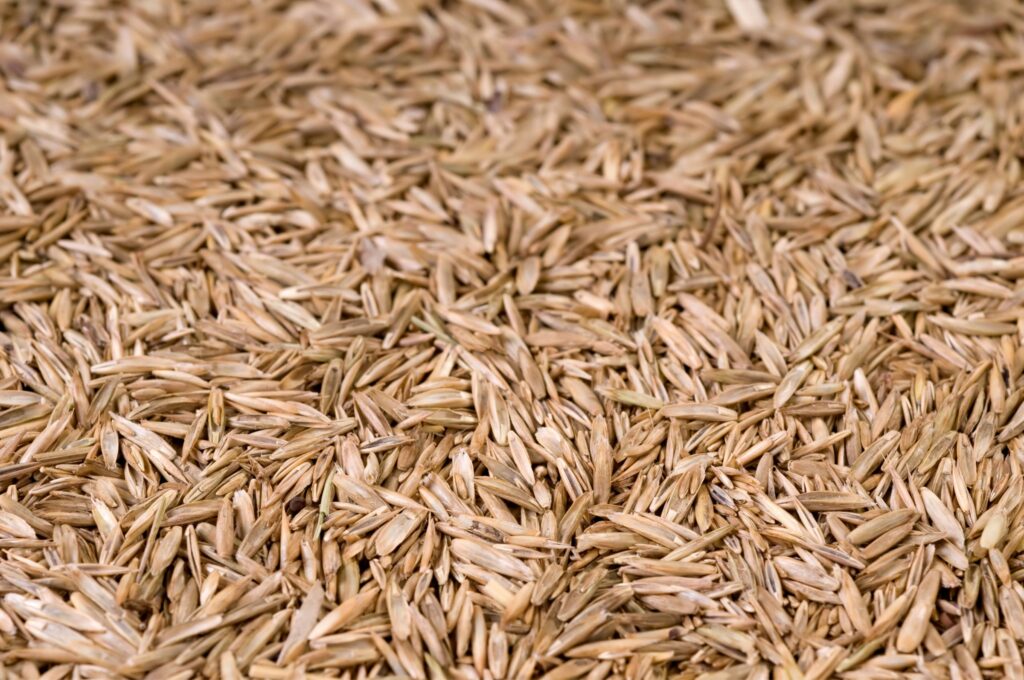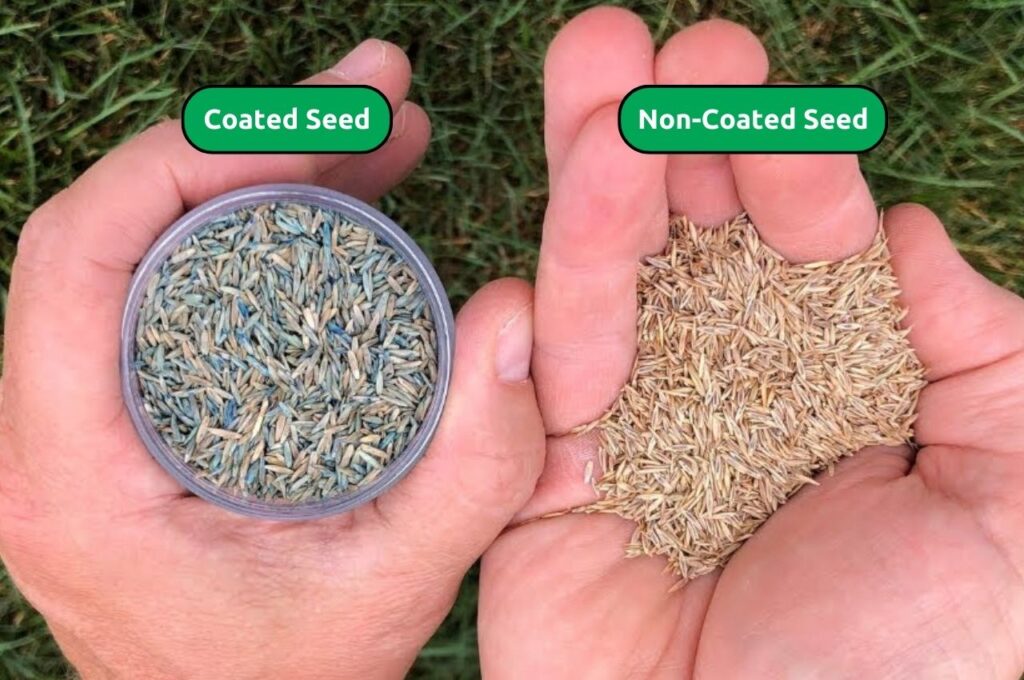There are many types of grass seed, but the early stages of seed germination are basically the same. The advantage of planting a lawn is that we can provide some of the necessary ingredients to make grass seed germination easier.

We can provide the necessary moisture, proper soil conditions, and the timing when the seed is planted. A seed begins with a division of a fertilized egg within the embryo sac. As the embryo develops, growth within the seed continues until it reaches a certain point. At a specific point, embryo growth is halted until the seed matures and is either collected or falls from the plant onto the ground. Embryo growth is resumed again at the start of germination. The beginning of seed germination begins with water.
Importance of water
During imbibition, the seed swells considerably. Dormant enzymes are activated. New enzymes are also developed during imbibition that help the seed to utilize stored food created during embryo development. As internal cell division begins, there must be sufficient soil moisture to supply a continuous source of water and nutrients to the seed. This is the reason why the soil must remain damp until the seed has completed germination and has sprouted.
When grass seed germination is completed and the seed has sprouted, sufficient soil moisture is still necessary. The short roots are still developing, so frequent, but not heavy irrigation will be needed until the roots have developed some depth. Saturated soils can lower oxygen levels and encourage root diseases.
The Importance of Oxygen
The seed operates in an anaerobic manner during the initial stages of water absorption at the start of germination. This continues until the seed coat ruptures. Once the seed coat ruptures the seed moves from being anaerobic (not requiring oxygen) to aerobic (requires a steady supply of oxygen). This process of oxygen exchange in plants is called “transpiration.” Therefore, it is very important to make sure the soil is damp, but not waterlogged. Waterlogged soil decreases the amount of oxygen available to the seed. If saturated soil conditions are prolonged, the seed can perish.
Planting in good soil is also important for oxygen exchange. Heavy clay soil may hold water well, but can easily compact, which reduces oxygen levels. Loamy soils are better for planting seed. Soils with a high volume of sand may have good oxygen levels, but do not hold water very well.
The Importance of Temperature
Different seed types have slightly different preferred temperature ranges for germination. However, the important thing to remember is that seed will have a minimum and maximum temperature. If the temperature is outside of those limits the seed will not germinate. The majority of lawn grass seed will germinate in an average soil temperature range of 80 degrees. Keep in mind that most seed types will still germinate in temperature variations of plus or minus 15 degrees from average. A little research on your seed variety will give you the best temperature range for planting
In contrast, some early season vegetable plant seeds can germinate in considerably cooler soil temperatures.

